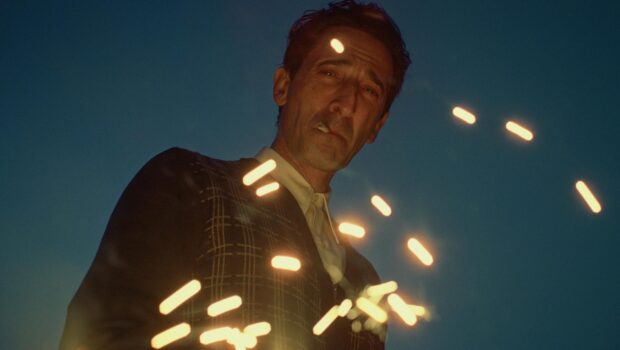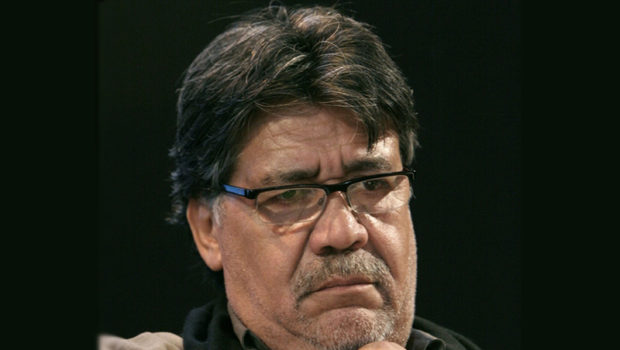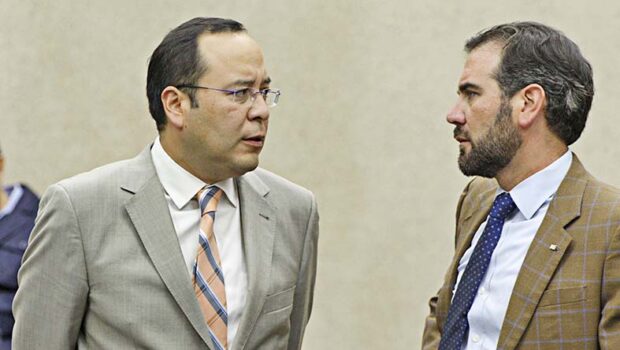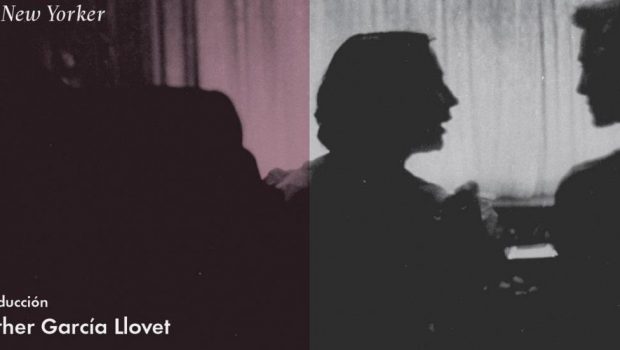The Triumphs and Shortcomings of The Brutalist
Linda Juárez
Brady Corbet’s The Brutalist is not a film that can be consumed passively. It demands engagement, rewards patience, and, at times, challenges the viewer’s endurance. An architectural epic told through a deeply personal lens, the film spans decades and continents, painting an intricate portrait of ambition, displacement, and the weight of artistic legacy. Yet, despite its grand aspirations and breathtaking craftsmanship, it occasionally falters under the weight of its own density.
The Narrative Structure: A Tectonic Journey
At its core, The Brutalist follows László Tóth (Adrien Brody), a Hungarian architect whose post-war journey leads him to the United States in pursuit of artistic fulfillment and stability. The narrative unfolds in a non-linear fashion, weaving together moments from László’s youth, his early struggles as an immigrant, and his eventual rise to prominence. The film refuses to hold the viewer’s hand, instead immersing them in Tóth’s psyche—his ambitions, his frustrations, and the compromises he is forced to make.
The screenplay, co-written by Corbet and Mona Fastvold, excels in crafting a world that feels tactile. Dialogue is sparse yet purposeful, reflecting Tóth’s measured personality. Scenes linger just long enough to capture the weight of a moment before moving forward, often leaving unresolved tensions simmering in the background. The film’s narrative is an intricate architectural blueprint, but like some ambitious structures, it occasionally sacrifices functionality for artistic vision.
Performances: A Cast Engulfed in the Material
Adrien Brody delivers a studied performance, channeling the introspective nature of an artist grappling with the paradox of creation and commercial success. He carries the film with a quiet intensity, using subtle shifts in body language and expression rather than explosive monologues. His László is a man of conviction but also of compromises, and Brody conveys this duality masterfully.
Felicity Jones, playing Erzsébet Tóth, provides the film’s emotional anchor. She embodies the resilience and quiet suffering of a woman supporting an artist whose vision often eclipses their shared reality. The chemistry between Jones and Brody feels lived-in, their relationship presented with authenticity rather than melodrama.
Guy Pearce’s enigmatic industrialist, Harrison Lee Van Buren, is equal parts benefactor and antagonist. His portrayal never tilts into caricature; instead, he inhabits the role with a calculated charm that always suggests hidden motives. The supporting cast, including Isaach de Bankolé and Stacy Martin, bolster the film’s world, though some characters feel underexplored given the film’s length.
Cinematography and Aesthetic Choices
Visually, The Brutalist is an awe-inspiring achievement. Shot in VistaVision, the film captures an expansive sense of scale while preserving an intimacy with its subjects. Lol Crawley’s cinematography is architectural in itself—composed, symmetrical, and strikingly framed. The interplay between brutalist architecture and human frailty is a recurring motif, with monolithic structures dwarfing characters, underscoring the insignificance of personal struggle against the permanence of concrete and steel.
Corbet’s use of black-and-white cinematography is not a mere stylistic flourish but an essential narrative device. It strips away distractions, forcing the viewer to focus on textures—of walls, of skin, of time-worn surfaces. Light and shadow are wielded with precision, echoing the chiaroscuro of classic cinema while reinforcing the moral and emotional contrasts within the story.
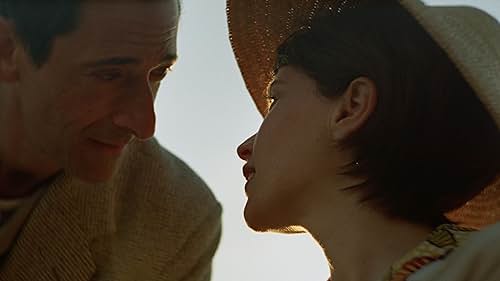
Thematic Depth: Vision vs. Compromise
The film’s title is more than an aesthetic reference; it encapsulates its central conflict. Brutalism, as an architectural movement, was born out of utopian ideals but often faced criticism for its rigidity and lack of human warmth. László Tóth embodies this duality—his designs aspire to permanence and social good, yet he finds himself ensnared by economic and political forces that demand compromise.
Corbet deftly explores the immigrant experience without resorting to familiar tropes. László is neither a wide-eyed dreamer nor a tragic victim; he is a man wrestling with a system that offers both opportunity and constraint. The film also scrutinizes the notion of artistic integrity, questioning whether pure vision can survive in a world dictated by capital and influence.
The Film’s Achilles’ Heel: Pacing and Accessibility
For all its artistic triumphs, The Brutalist is not without its flaws. The film’s deliberate pacing, while essential to its meditative tone, can feel sluggish, particularly in the latter half. Certain sequences, though visually stunning, extend beyond their narrative necessity, testing the patience of even the most invested viewers.
Additionally, Corbet’s commitment to artistic purity may alienate audiences seeking a more conventional dramatic arc. The film assumes a level of architectural and historical literacy that not all viewers will possess, making some thematic elements feel esoteric rather than universally resonant. While this intellectual rigor is commendable, it sometimes comes at the cost of emotional immediacy.
Sound and Score: A Sonic Landscape
The film’s score, composed by Daniel Blumberg, eschews grand orchestration in favor of a more restrained, almost industrial soundscape. Percussive elements mimic the clang of construction, reinforcing the thematic connection between structure and story. Moments of silence are just as crucial, allowing the weight of certain scenes to settle without musical interference.
However, the film’s sound mixing occasionally undermines its dialogue. Some lines, particularly those delivered in thick Hungarian accents, become difficult to discern against the ambient score and environmental sounds. While this may be an intentional choice to enhance realism, it occasionally hinders clarity, pulling viewers out of the experience.
Final Verdict: A Towering Achievement with Structural Flaws
The Brutalist is a film of immense ambition, one that prioritizes artistic integrity over mainstream accessibility. Brady Corbet has crafted a work that is as much about architecture as it is about the human spirit—bold, unyielding, and at times, uninviting. Its strengths lie in its performances, cinematography, and thematic depth, but its measured pacing and occasionally impenetrable storytelling may deter some audiences.
Like the brutalist structures it pays homage to, the film is an acquired taste—stark, demanding, and unapologetically itself. For those willing to immerse themselves in its world, it offers a rich, thought-provoking experience that lingers long after the credits roll. However, for those seeking conventional narrative beats, The Brutalist may feel more like an imposing concrete monolith—impressive to behold, but difficult to inhabit.
Linda Juarez is a film critic. She has collaborated in an array of magazines and blogs. Her forthcoming book Latine in Hollywood will be publish in 2025.
Posted: February 17, 2025 at 9:49 pm


